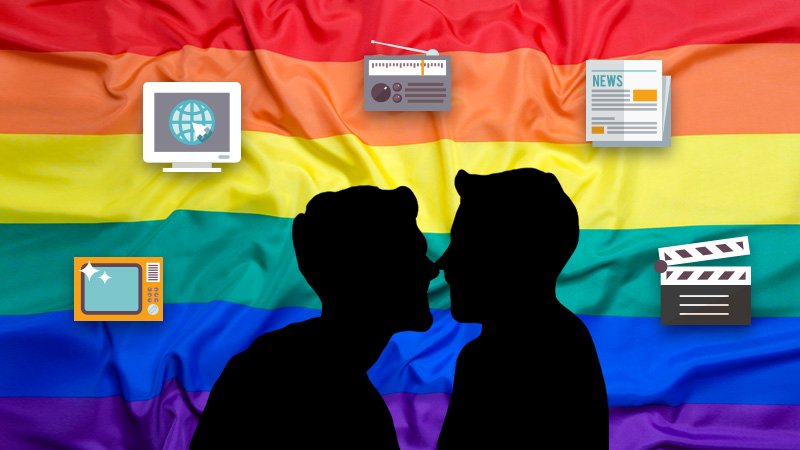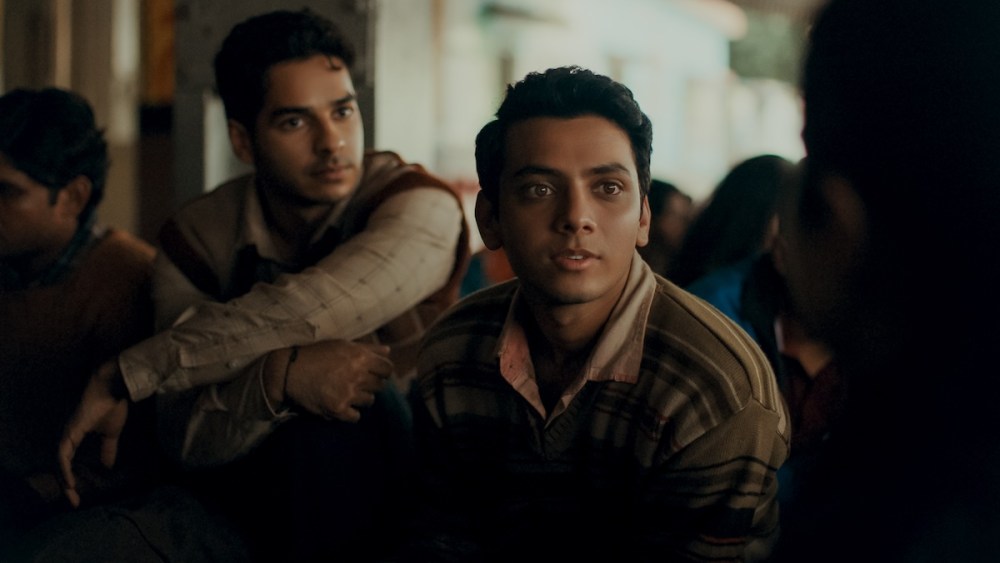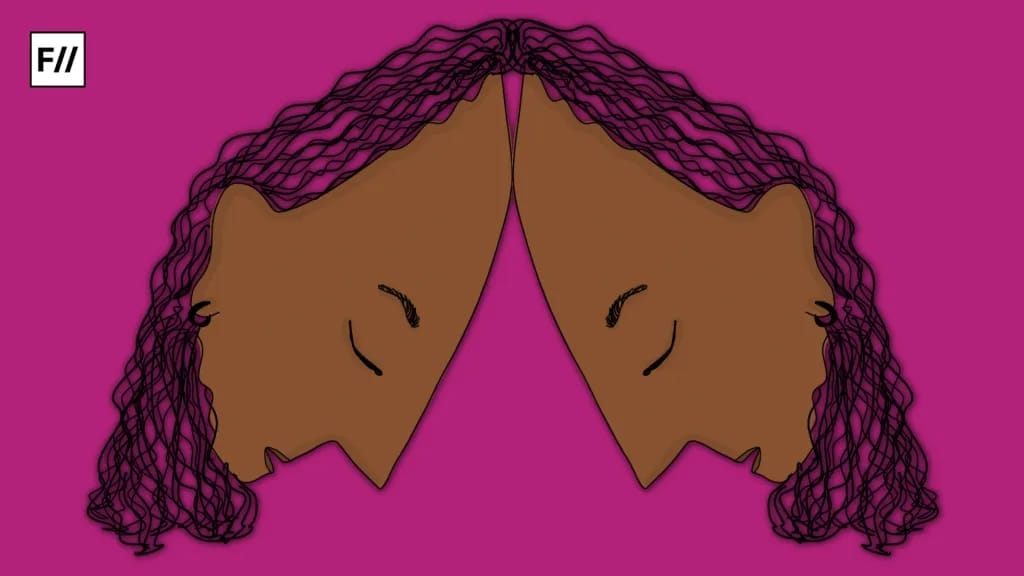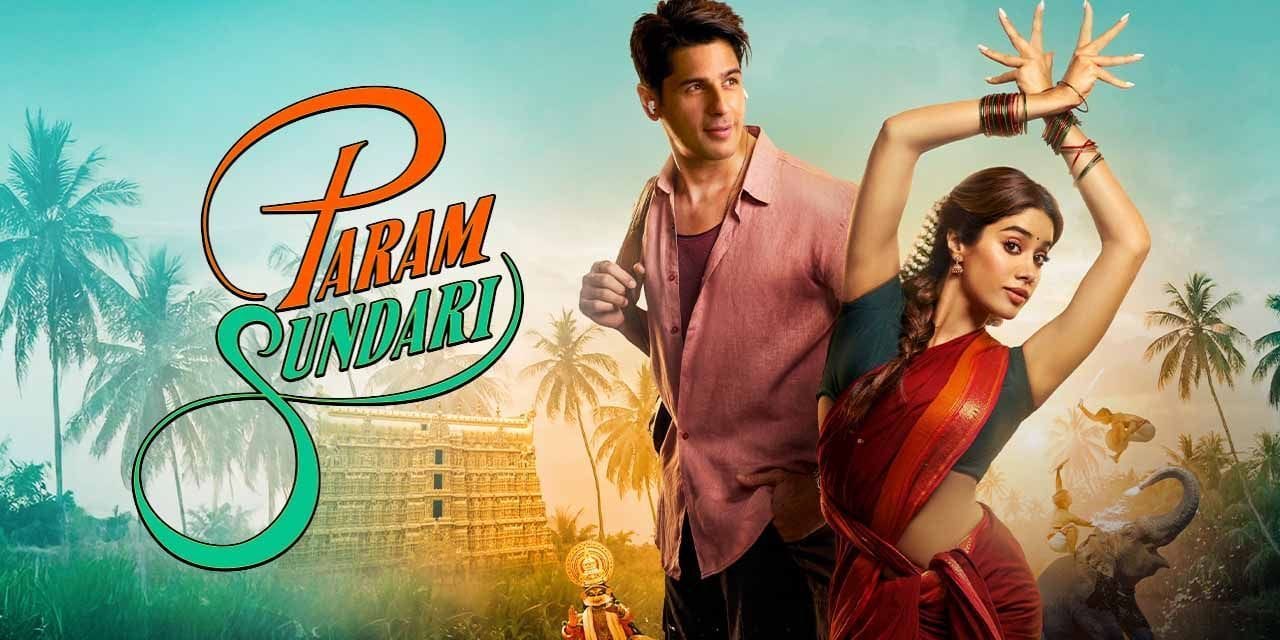Editor’s Note: FII’s #MoodOfTheMonth for June 2022 is Pride Solidarity. We invite submissions on the many layers of this theme throughout the month. If you’d like to contribute, kindly refer to our submission guidelines and email your articles to sukanya@feminisminindia.com
Media representation is defined as the ways in which media showcases a certain kind of lifestyle or a community. It can challenge as well as reinforce harmful stereotypes about the community it tries to represent. Representation of a largely ostracised community like the LGBTQIA+ community, therefore, becomes crucial in order to expose people to the issues faced by them, break stereotypes, and reinforce the ideals of equality.
Along with that, seeing queer or trans characters on screen that people can relate to, makes the members of the community feel accepted and represented. It makes it easy for the other members of the society to empathise with the LGBTQIA+ community. However, we need to draw a clear distinction between representation and tokenism.
Tokenism is typically described as only a perfunctory or symbolic gesture towards appearing more inclusive of under-represented groups or individuals and creating the illusion of diversity. It usually happens when people who do not belong to the under-represented group seek to represent them without bringing in their experiential perspectives. While representation has a positive impact on society at large, tokenism on the other hand, has many adverse effects on the identities it seeks to portray.
Faulty media portrayals lead to misinformation about the groups being represented. Individuals in the role of a token are bound to feel marginalised, dehumanised, misrepresented, ridiculed, stereotyped, and depersonalised. It leads to a narrow perception of those being tokenised.
Quality representation works to educate people about communities they don’t belong to, but tokenism does more harm than good. Therefore, it is important to recognise the difference between meaningful representation and token representation by analysing the effect the portrayal has on the group or individual it seeks to represent.
Shubh Mangal Zyada Savdhaan was a 2020 Hindi films welcomed by people as one of the very few mainstream representations of a queer relationship. Described as a romantic comedy, the plot revolves around two guys in a relationship, who try to win the approval of the conservative parents of one of them living in a small town.

One undoubtedly refreshing thing about this movie is that despite being a comedy, it does not use homophobic jokes as comic relief, which is very common in most movies. The story caters to audiences who love entertainment and drama, while touching on issues faced by queer couples. However, the plot seems superficial and not grounded in reality, as it is not difficult for the couple to gain the parents’ approval. It is not strong enough to send out a serious message.
The protagonists don’t seem to have a back story or enough depth to make a lasting impact. It chooses to focus more on family acceptance of their relationship and less on the nuances of being in a relationship with an individual of the same gender. It unsuccessfully juggles between comedy and sending out a serious message against homophobia. The lack of authenticity in the plot may be rooted in the fact that the cast does not have any queer person who could provide their perspective to the movie.
This is not to say Indian cinema is devoid of good representation. There are movies like Margarita with a Straw directed by a bisexual woman, which tackle bisexuality and disability. My brother Nikhil directed by a gay man and based on the life of a real person, Ek Ladki Ko Dekha Toh Aisa Laga dealing with coming out of a closeted lesbian written by a trans woman, and an upcoming movie Sheer Qorma which talks about the relationship between a woman and a non-binary person and is directed by a gay man, are all promising examples where queer representation is better than a just namesake
The director Hitesh Kewalya said in an interview that he showed the script of the movie to some members of the LGBTQIA+ community for feedback, which seems to be the only part they get to play in a movie largely based on their experiences. Even queer characters are played by straight men. The issue of casting straight and cisgender people for LGBTQIA+ characters is not unique to Bollywood.
Even an Oscar-winning movie like ‘Call Me By Your Name’ was criticised for hiring straight actors to play a gay couple. One of the world’s highest-paid actresses Scarlett Johansson, withdrew from a movie where she was supposed to play a transgender man after receiving backlash from people.
When talking about a marginalised group of people, it is important to have their perspective on the issues they face. Without that, the movie becomes an idealised representation of queer characters from the perspective of heterosexual people. In the given context, even if we consider the fact that famous actors were hired to increase the popularity of the movie, we still see no involvement of queer and trans people behind the scenes in production, direction or writing.
It is not just about their perspective alone, but also about making opportunities more inclusive for those whose discrimination the movie itself capitalises on. Shubh mangal zyada savdhaan has a box office collection of ₹72.36 crores in India and ₹14.03 crores overseas as of 20th March 2020. Not even a small share of these profits has been used for the betterment of the queer community either.
It seems like the people involved in the movie, climbed onto the bandwagon of LGBTQIA+ representation, which has become a trend post the striking down of Section 377, capitalising on the struggles of the community. Although this movie can be appreciated for making queer representation more mainstream, we need not applaud it for just existing. It is as if we are expected to hail any representation queer people get because of how rare it is despite all the flaws it has. There is a dire need for better representation that benefits the community in real and concrete ways.
Also read: Film Review: Why A Guy Being A Dream Girl Isn’t A Thing Of Comedy?
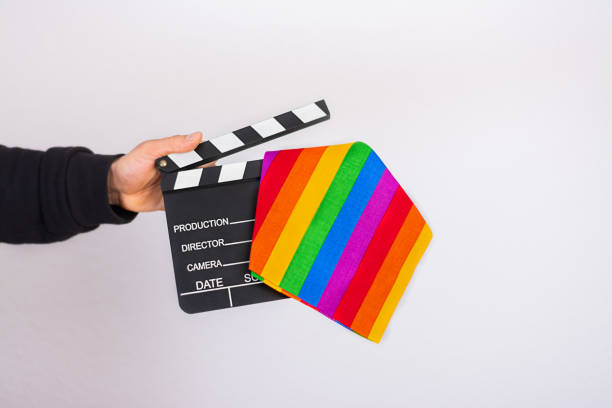
Ayushmann Khurrana is known for choosing ‘quirky’ or ‘controversial’ roles and it seems as if he has taken the entire burden of representing every single minority on screen. Perhaps that is why he chose to be a part of Shubh Mangal Zyada Savdhaan. It helped him portray himself as an ally to the LGBTQIA+ community.
However, this can be questioned if we look at another recent movie he was a part of – Dream Girl. The whole premise of the movie revolves around a man with a feminine voice who lands a job at a call center. The very essence of the plot is transphobic as we see Ayushmann Khurrana dressed in sarees in the movie poster and the movie for comic relief.
The problem of casting popular actors and actresses instead of queer actors and actresses remains, but they have the perspective of a queer/trans person in their story which exponentially improves the plot and makes it more authentic. However, movies like these rarely get the recognition they deserve as they don’t cater to the Indian audience who mostly thrive on mindless entertainment. Instead, we see movies like Shubh Mangal Zyada Savdhaan taking the credit for bringing queer representation into mainstream cinema despite their tokenistic representation and problematic casting
His character is made fun of for having this voice and doing female role plays. Cross-dressing is ridiculed throughout the movie. Till the very end of the movie, he is ashamed to admit his job pretending to be a woman named ‘Pooja’ on the radio who talks to lonely people. Along with transphobia, it also strengthens the binary divide between masculinity and femininity, portraying a society where even having a feminine voice is culturally unacceptable.
All of these issues are brought up, not to be addressed but solely for humour. Along with this, another character we see in the movie is a lady who is one of the lonely people who talks to Pooja. She claims that she has been treated badly by men and therefore doesn’t trust them anymore. As the movie progresses, we see that she and the other callers fall in love with who they think is Pooja.
This is how the film portrays a lesbian, as someone who turns towards liking women only after being betrayed many times by the opposite sex. It preys on a harmful trope that propagates homophobic stereotypes about same-sex attraction. Homosexuality is not something that happens as a result of being cheated upon by the opposite gender. This positioning is a ridicule of the sexuality of queer people.

Ayushmann Khurrana saw no harm whatsoever in the problematic undertones of this movie and yet, came forward calling himself an ally by starring in Shubh Mangal Zyada Savdhaan. We can see that from casting to writing to production, none of the elements of the movie Shubh Mangal Zyada Savdhaan lets it qualify truly as good LGBTQIA+ representation.
It is simply a token representation meant to appeal to the post-377 society. Casting an actor like Ayushmann Khurrana for the sake of popularity, ignoring the homophobic and transphobic notions he has forwarded in his earlier project makes it clear that the welfare of the LGBTQIA+ community was never the top priority of the makers of this film.
This is not to say Indian cinema is devoid of good representation. There are movies like Margarita with a Straw directed by a bisexual woman, which tackle bisexuality and disability. My brother Nikhil directed by a gay man and based on the life of a real person, Ek Ladki Ko Dekha Toh Aisa Laga dealing with coming out of a closeted lesbian written by a trans woman, and an upcoming movie Sheer Qorma which talks about the relationship between a woman and a non-binary person and is directed by a gay man, are all promising examples where queer representation is better than a just namesake.
The problem of casting popular actors and actresses instead of queer actors and actresses remains, but they have the perspective of a queer/trans person in their story which exponentially improves the plot and makes it more authentic. However, movies like these rarely get the recognition they deserve as they don’t cater to the Indian audience who mostly thrive on mindless entertainment. Instead, we see movies like Shubh Mangal Zyada Savdhaan taking the credit for bringing queer representation into mainstream cinema despite their tokenistic representation and problematic casting.
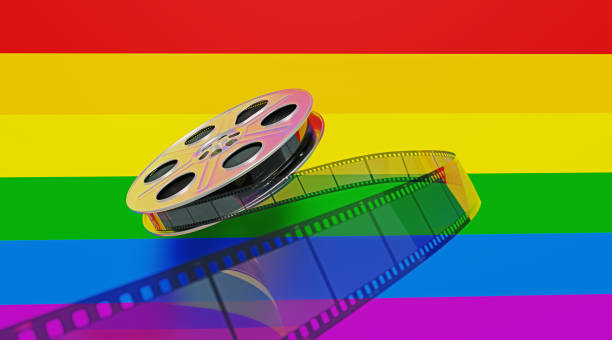
Surprisingly, Indian films with plots focusing on queer experiences seem to gain more popularity internationally and at film festivals than in their own home country. It might be because queer and trans representation is not as rare internationally as it is in India. This reveals a deeper issue of the stigma attached to the portrayal of the LGBTQIA+ community in India.
The Indian audience can digest the representation of queer and trans characters as sidekicks or comic reliefs, part of a larger entertaining and dramatic plot. Movies that seek to focus on issues faced by the community with a serious tone do not gain popularity or recognition. We must start to recognise and appreciate the good representation of the LGBTQIA+ community on screen so that it can reach out to a wider audience.
Also read: Margarita With A Straw: A Movie Unafraid To Portray Disability, Sexuality And Queerness
This would also help in weeding out movies with token representation that solely use the queer or trans narrative for-profit mongering and do not intend the benefit of the community in any way. Moreover, filmmakers should hire queer and trans people when they choose to tell their stories, rather than profit off their narratives without even giving them a participatory voice.
They should attempt to tell authentic stories that are sensitive and generate empathy. Many sexualities and gender identities are yet to be portrayed on screen, and those that have been touched upon deserve better representation.
Manjishtha is a final year History student from IP college waiting for their degree to become a historiographer. They identify as non-binary and queer (she/they). Some of their hobbies are writing, reading, listening to music and posting on Instagram. Manjishtha has two Instagram accounts for graphics and writing, respectively
Featured Image Source: Social Ketchup
